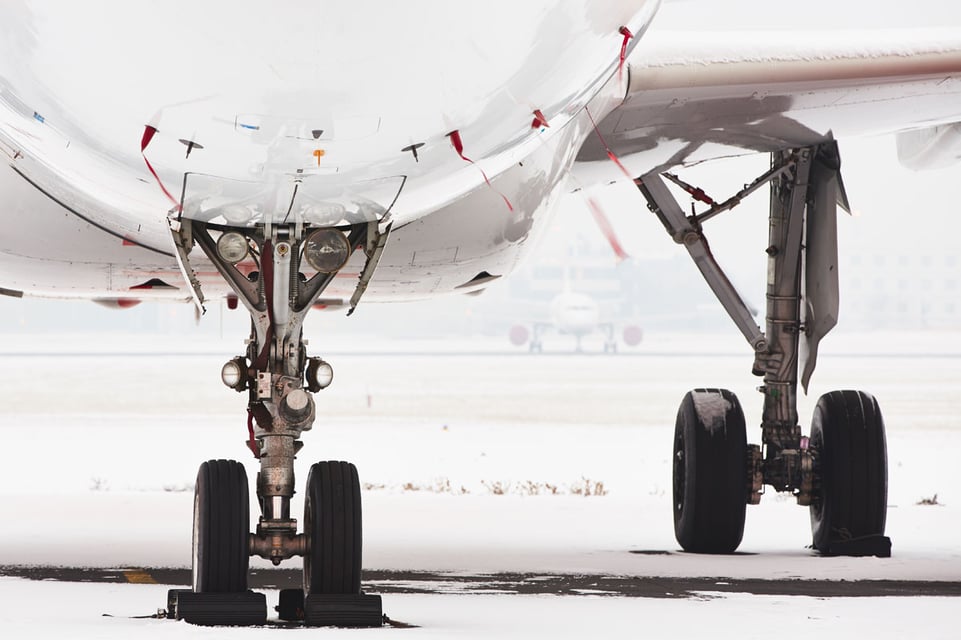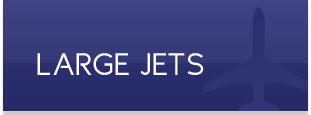
It’s no secret that weather can cause long delays for commercial airline flights. Private jets, however, have more flexibility than commercial airlines and can often work around poor conditions.
Here’s why…
Commercial Airlines Follow IFR Protocols
All flights in the United States are governed by one of two sets of regulations. Visual Flight Rules (VFR) are used when conditions and visibility are good and allow pilots to adjust their flight path as needed. Instrument Flight Rules (IFR) are for flying in poor visibility, bad weather or above 18,000 feet. These regulations force pilots to follow prescribed flight paths and specific procedures.
Regardless of the weather, commercial airline pilots always follow IFR, requiring pilots to follow predetermined paths and procedures with little flexibility to fly around rain, cloud cover, high winds, icing conditions or thunderstorms.
Private Jets Can Fly Around Bad Weather
Private jet charters have greater flexibility than commercial flights to work around adverse weather. Depending on the circumstances, crews onboard a Las Vegas jet charter may be able to adjust the route to fly in good visibility while following VFR. When IFR is necessary, pilots can adjust the route before takeoff to avoid the worst weather by flying around or above it.
Because jet charters are able to work around poor weather conditions, they’re able to avoid delays. When commercial flights are delayed for hours or even cancelled altogether, private jets are usually landing on time.
Stay on Schedule with a Private Jet Charter
Don’t leave your travel plans up to the whims of the weather. Instead of buying a ticket on a commercial airline, book a Las Vegas jet charter. If problematic flying conditions arise on the day of your flight, the flight team will do everything they can to safely land your flight on time.
Contact Cirrus Aviation today at (702)-472-9714 to book your next flight.










